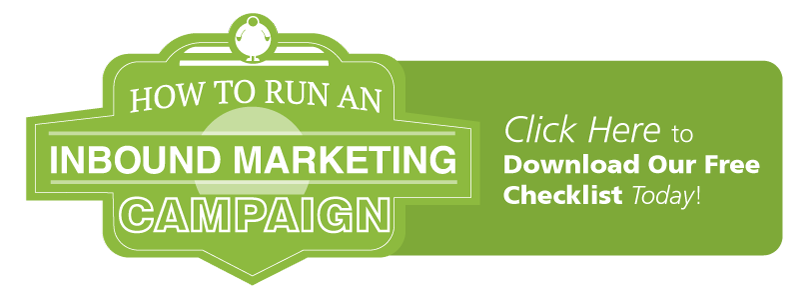Many insurance companies and professionals have the wrong idea when it comes to communication and content; the latest technology and fanciest templates are not going to foster that relationship feel with your customers. With insurance, communication and content are key to creating and maintaining a relationship. In most cases, your customers are literally putting their lives and the welfare of their families in your hands. With that, you don’t want to interact with these customers as a robot. They want to feel that you care, that there is a human with emotions taking care of them. Your communication and content should reflect this.
Why is there this problem in the first place?
The first reason for this problem is that many people stop writing, or think that writing stops, at the end of high school or college. Writing is a skill like any other, it gets better the more that you actively practice it. Your writing may not be given a letter grade, but it is being judged, whether consciously or subconsciously. Write and create content that is articulate, effective and human. The other problem with insurance content and communication is based around the unwritten rules of how language should be used in the insurance world. There is this air of formality and an almost monotone, robotic way in which things are written and read. It is wrong, outdated and ineffective. Your communication and content should be natural and conversational. It should reflect the way you interact with people. There’s no reason to take the human element out of your interactions. Here are 5 ways for you to improve insurance content and communication, and make your interactions and writing more articulate, effective and natural.
1. Get Rid of Outdated Business Language
This is one of the biggest problems when it comes to insurance content and communication. The use of impersonal and old fashioned jargon plagues insurance websites and emails to customers. It’s a huge turnoff, it sounds like crap and everyone still thinks that’s the way things are done. Stop!
- As per your request
- Pursuant to our conversation
- The above captioned claim
- Enclosed please find
For some reason, insurance companies and professionals think that this type of language gives off the appearance of professionalism, when it really gives off an air of automated, impersonal and antiquated communication. Let go of the smoke signals and cave drawings. Change your language to a more modern, conversational, but still business-like style.
2. Make It Concise
Embellishing on phrases to try and make your writing sound more sophisticated or more pronounced has the opposite effect. Adding expressions like, “as well as,” “at this point in time,” “in a majority of instances,” just clutters your writing. Today, readers want their answers as fast as they discover a problem. Adding unnecessary words to say something simple will lose your readers’ attention, and will result in you losing business. Go through what you’ve written and see if there’s a simpler way to say something.
3. Chop Up Long Sentences or Paragraphs
This is a practice we use often in blogging, and it can really help you improve insurance content and communication. When we were in school, we learned to lump our ideas together in essays. One extensive paragraph about one topic, until the topic was written in completion, then onto the next topic. That isn’t the way that people read things now. Reading block text or lengthy sentences looks like a daunting task, and it confuses your readers. If you think a sentence or paragraph is too long, read it out loud or read it to someone else. If you run out of breath or lose listeners’ (or even your own) attention, then what you wrote is too long. We have a tendency to try and complete a thought without considering how the thought is communicated. Make your thoughts easier to digest and add power to them by breaking them up. Create pauses for digestion and power with punctuation.
4. Active Voice > Passive Voice
Avoid passive or irresolute language. “Your application will be reviewed by our underwriters.” That seems wishy-washy; you don’t know if it will really happen. Make the subject in charge of the action to create an active voice. “Our underwriters will review your application.” That gives your statement so much more authority.
5. Create a Company Style Guide
A style guide doesn’t need to be a large, leather bound book kept in the company crypt; a one-page list of practices and specifics for writing that should be used throughout your company would be sufficient. This is really important to maintain brand identity and make your writing as clear as possible. One thing we have seen a lot when dealing with new and old companies is different variations in company name (initials, initials broken up by the word “and,” broken up by an ampersand, written completely out); when there is no uniformity it becomes confusing. Confusion is never good. Don’t let your content and communication slow down or even hurt your insurance company. When it comes to content, Fat Guy Media is always hungry to help. If you have any further content questions, or would like to schedule a consultation, please feel free to contact us at 516-535-5353 or e-mail us at sales@fatguymedia.com.


